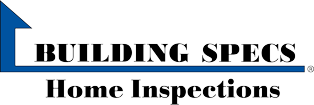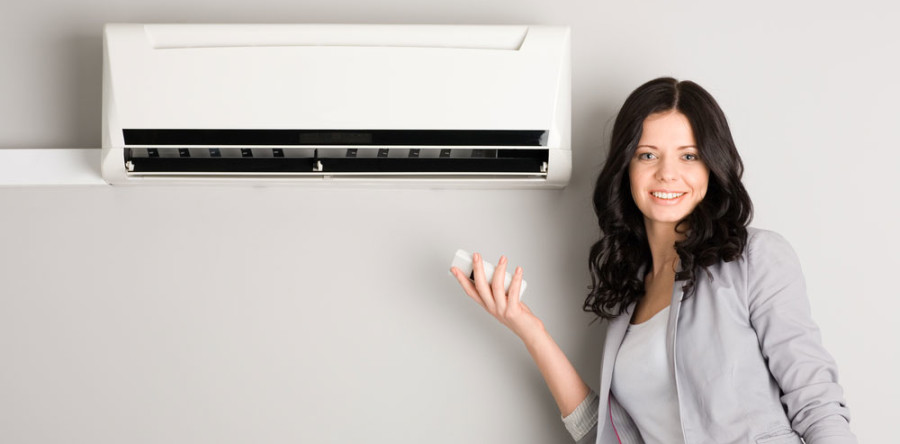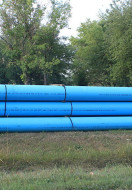As much as half of the energy used in your home goes to heating and cooling. So making smart decisions about your home's heating, ventilating, and air conditioning (HVAC) system can have a big effect on your utility bills - and your comfort. Take these steps to increase the efficiency of your heating and cooling system. For more information, see the EPA's Guide to Energy Efficient Heating & Cooling.
Insulation
Sufficient Insulation can increase your comfort and reduce your cooling costs up to 30 percent. Start with the attic - which can reach temperatures of 115 degrees - followed by exterior and basement walls, floors, and crawl spaces. To learn where your home is losing energy due to insufficient insulation have an Infrared Inspection performed by one of our qualified thermal inspectors.
Change your air filter regularly
Check your filter every month, especially during heavy use months (winter and summer). If the filter looks dirty after a month, change it. At a minimum, change the filter every 3 months. A dirty filter will slow down air flow and make the system work harder to keep you warm or cool - wasting energy. A clean filter will also prevent dust and dirt from building up in the system - leading to expensive maintenance and/or early system failure.
Tune up your HVAC equipment yearly
Just as a tune-up for your car can improve your gas mileage, a yearly tune-up of your heating and cooling system can improve efficiency and comfort. Place gravel around your HVAC system to keep rain water from splashing mud into the coils.
Learn MoreInstall a programmable thermostat
A programmable thermostat is ideal for people who are away from home during periods of time throughout the week. Through proper use of pre-programmed settings, a programmable thermostat can save you about $150 every year in energy costs.
Seal your heating and cooling ducts
Ducts that move air to-and-from a forced air furnace, central air conditioner, or heat pump are often big energy wasters. Sealing and insulating ducts can improve the efficiency of your heating and cooling systems by as much as 20% and sometimes much more.
Focus first on the sealing ducts that run through the attic, crawlspace, unheated basement, or garage. Use duct sealant (mastic) or metal-backed (foil) tape to seal the seams and connections of ducts. After sealing the ducts in those spaces, wrap the ducts in insulation to keep them from getting hot in the summer or cold in the winter. Next, seal ducts that you can access in the heated or cooled part of the house.
See the EPA Duct Sealing Brochure for more information.
Consider installing ENERGY STAR qualified heating and cooling equipment
If your HVAC equipment is more than 10 years old or not keeping your house comfortable, you should have it looked at by a professional HVAC contractor. If it is not performing efficiently or needs upgrading, consider replacing it with a unit that has earned the ENERGY STAR. Installed correctly, these high-efficiency heating and cooling units can save up to 20% on heating and cooling costs. But before you invest in a new HVAC system, make sure that you have addressed the big air leaks in your house and the duct system. Sometimes, these are the real sources of problems rather than your HVAC equipment.
Remember that getting the proper size and a quality installation is essential to getting the most from your new equipment. When replacing HVAC equipment, bigger doesn't always mean better. If the unit is too large for your home, you will be less comfortable and might actually have higher utility bills. Oversized equipment will operate in short run cycles, not allowing the unit to reach efficient operation and remove humidity from the air - resulting in an uncomfortable home. Your contractor should determine the right size for your HVAC equipment by using ACCA/ANSI Manual J or an equivalent sizing calculation that takes into account specific information about your home.







